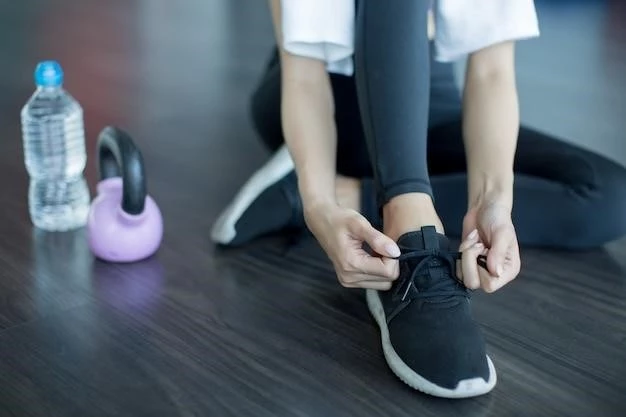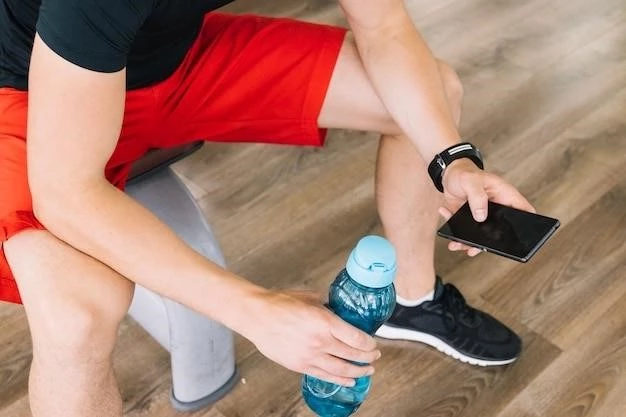Fungal Infection
Fungal infection, such as the one caused by dermatophytes, is the primary cause of Athlete’s Foot. These fungi thrive in warm, damp environments like sweaty shoes or shared public areas, leading to the infection. Prevention involves proper hygiene and avoiding barefoot walking in communal spaces.
Warm and Moist Environment
The warm and moist environment created inside closed shoes or damp socks contributes significantly to Athlete’s Foot development. Fungi thrive in such conditions, leading to infection. It is crucial to keep feet dry, change socks regularly, and ensure proper ventilation of footwear to prevent this fungal condition.
Direct Contact
Athlete’s Foot can be contracted through direct contact with infected surfaces or objects such as towels, shoes, or floors in public places like swimming pools or locker rooms. Fungi responsible for this condition can survive on these surfaces, making it crucial to avoid barefoot contact and maintain personal hygiene to prevent transmission.
Symptoms
The symptoms of Athlete’s Foot may include redness, itchiness, burning sensation, peeling skin, and sometimes blisters on the affected areas. In severe cases, it can lead to pain and discomfort. Prompt treatment is necessary to alleviate symptoms and prevent complications like secondary bacterial infections.
Medical Diagnosis
Medical diagnosis of Athlete’s Foot typically involves a physical examination of the affected areas and may include skin scrapings for laboratory analysis. Tests may be conducted to confirm the presence of the fungus causing the infection. Consulting a healthcare professional is essential for an accurate diagnosis and appropriate treatment plan.
Treatment Options
Treatment options for Athlete’s Foot include antifungal medications in the form of creams, sprays, or powders. These medications help eliminate the fungus causing the infection. It is essential to follow the prescribed treatment regimen diligently, maintain proper foot hygiene, and ensure the affected areas are kept clean and dry to promote healing and prevent recurrence.
Proper Foot Hygiene
Maintaining proper foot hygiene involves washing feet daily with soap and water, ensuring thorough drying, especially between the toes, and wearing clean socks made of breathable materials. Trim nails regularly and avoid walking barefoot in public areas to reduce the risk of Athlete’s Foot.
Keep Feet Dry and Clean
Keeping feet dry and clean is vital in preventing Athlete’s Foot. After bathing, ensure thorough drying of the feet, especially between the toes. Change socks regularly, opt for moisture-wicking socks, and wear well-ventilated shoes. These practices help create an environment inhospitable to fungal growth.
Avoid Sharing Personal Items
Avoiding the sharing of personal items like shoes, socks, towels, and nail clippers is crucial in preventing Athlete’s Foot transmission. Fungi can easily spread through contaminated items, so maintaining personal hygiene and refraining from sharing belongings with others can significantly reduce the risk of infection.
Clotrimazole
Clotrimazole is an effective antifungal cream commonly used to treat Athlete’s Foot. It works by inhibiting the growth of the fungus causing the infection. Regular application as per healthcare provider’s instructions can help alleviate symptoms and clear the infection. It is important to consult a healthcare professional before use.
Terbinafine
Terbinafine, another potent antifungal cream, is effective in treating Athlete’s Foot by eradicating the fungi responsible for the infection. Regular application following medical guidance can help alleviate symptoms and promote healing. It is important to consult a healthcare professional for proper diagnosis and treatment recommendations.
Miconazole
Miconazole, a trusted antifungal cream, is effective in treating Athlete’s Foot by targeting the fungus causing the infection. Consistent application following healthcare provider’s instructions can help relieve symptoms and address the underlying issue. It is essential to seek medical advice for proper diagnosis and treatment guidance.

Key Differences
Athlete’s Foot differs from other fungal infections in its specific site of occurrence, commonly affecting the feet, especially between the toes. Unlike some fungal infections that may target different body areas, Athlete’s Foot typically manifests in the foot region due to its preference for warm, moist environments.
Similarities in Symptoms
Common fungal infections, including Athlete’s Foot, may exhibit similar symptoms such as redness, itching, and skin irritation. Blisters, peeling skin, and burning sensations can also be shared among various fungal conditions. It is crucial to seek medical advice for an accurate diagnosis and tailored treatment plan.
Treatment Variances
While similar antifungal medications may be used to treat various fungal infections, the duration and specific treatment approach can vary depending on the type of infection. Athlete’s Foot may require specific foot care practices and tailored antifungal regimens to address the infection effectively. Consulting a healthcare provider is key to determining the appropriate treatment plan.
Tea Tree Oil
Tea tree oil is a natural remedy with antifungal properties that can help alleviate Athlete’s Foot symptoms. Dilute the oil and apply it to the affected areas for its potential therapeutic benefits. However, it is advisable to perform a patch test and consult a healthcare provider before using tea tree oil for Athlete’s Foot.
Baking Soda Soaks
Baking soda, when added to water baths or foot soaks, can help relieve Athlete’s Foot symptoms. The alkaline nature of baking soda may create an unfavorable environment for fungal growth. Soaking the feet in a baking soda solution can assist in reducing itchiness and discomfort associated with the infection. Consult a healthcare provider for guidance.
Vinegar Rinse
Vinegar, specifically apple cider vinegar, is a natural remedy that can potentially help combat Athlete’s Foot due to its acidic properties. Dilute vinegar in water and use it as a foot rinse to create an environment less conducive to fungal growth. However, consult a healthcare provider before trying vinegar rinses for Athlete’s Foot.
Unique Considerations
Special attention should be paid to the sensitive skin of children when dealing with Athlete’s Foot. Their smaller feet require gentle care to avoid irritation. Prompt treatment and proper hygiene practices are crucial to aid in the resolution of the infection without causing discomfort to the child.
Treatment Approaches
When treating Athlete’s Foot in children, antifungal creams appropriate for their age and condition are typically recommended. It is important to follow the treatment regimen as prescribed by a healthcare provider. Additionally, keeping the child’s feet clean and dry, along with practicing good foot hygiene, can aid in the recovery process.
Prevention Strategies
Preventive measures for Athlete’s Foot in children include ensuring regular foot hygiene practices, especially after activities that may result in sweaty feet. Encourage children to wear clean, breathable socks and well-ventilated shoes. Discourage walking barefoot in public areas and promote the importance of personal hygiene to minimize the risk of infection.
Wear Shower Shoes
Utilize shower shoes or flip-flops in communal areas like gym showers and locker rooms to minimize direct contact with surfaces that may harbor fungi causing Athlete’s Foot. By wearing protective footwear, you can reduce the risk of fungal infections and maintain foot hygiene while using shared facilities.
Regularly Wash and Dry Gym Clothes
After each gym session, promptly wash workout clothes and towels to prevent the buildup of sweat and bacteria that can contribute to Athlete’s Foot. Ensure thorough drying of clothes before the next use to maintain cleanliness and reduce the risk of fungal infections in a gym environment.
Properly Disinfect Gym Equipment
Regularly disinfect gym equipment like weights, mats, and machines to minimize the spread of fungi that can cause Athlete’s Foot. Using disinfectant wipes or sprays before and after using the equipment can help maintain a clean workout environment and reduce the risk of fungal infections.
